Scheduled tour dates
| TRIP DATES | AVAILABILITY | PRICE | SPACE LEFT | |
|---|---|---|---|---|
| 21/09/2024 - 28/09/2024 | Available | €1,440.00 |
8 Available
|
After the summer has passed, Estonian birds and mammals have become active again. The sight of hundreds or even thousands of cranes and geese gathered on the fields or flying overhead is not uncommon during this tour. Near the sea, it’s possible to observe one of the most spectacular arctic waterfowl migrations in Europe. Overwintering birds, such as woodpeckers, owls, and forest grouse, become more active and visible again. Not to mention, Estonia has one of the best locations to observe a strong visible passerine migration in Matsalu National Park, where morning skies are filled with hundreds of Long-tailed Tits fighting the wind together with various finches, tits, thrushes, and Common Jays. Besides birds, Estonia is also well known for its mammals, who similarly, have become more active – It’s the rutting time for Elk, who gather on vast meadows, young wolves are learning how to hunt and howl and Brown Bears and Raccoon Dogs are trying to fatten up for the forthcoming winter. This tour is a combination of birding and mammal-watching.
Overview
Autumn is a wonderful time to enjoy the beauty of Estonian nature. After the slow-paced summer, birds and mammals have become more active again and getting ready for the upcoming winter months. For migrating birds, it means moving south and Estonia offers many great locations to observe this magnificent spectacle – arctic waterfowl migration and a strong visible passerine migration are on the way and there are also plenty of waders still on the move.
It’s also the time of the Elk rut, Brown Bears are actively stacking up for the winter, and young wolves are becoming more vocal. It’s also an active and good time of the year to spot birds who stay here for the harsh winter months – woodpeckers and forest grouse. Late September is often also the time when you can spot our annual winter guests – Waxwings and Rough-Legged Bussards.
What can you see?
- Owls (Ural, Pygmy, Tengmalms)
- Woodpeckers (White-backed, Middle-spotted, Grey-headed, Three-toed, Black Woodpecker.)
- Cranes and Geese
- Arctic Waterfowl
- Black and Hazel Grouse, Capercaillie
- Nutcracker
- Elk, Ringed Seal, Beaver, Brown Bear, Wolf
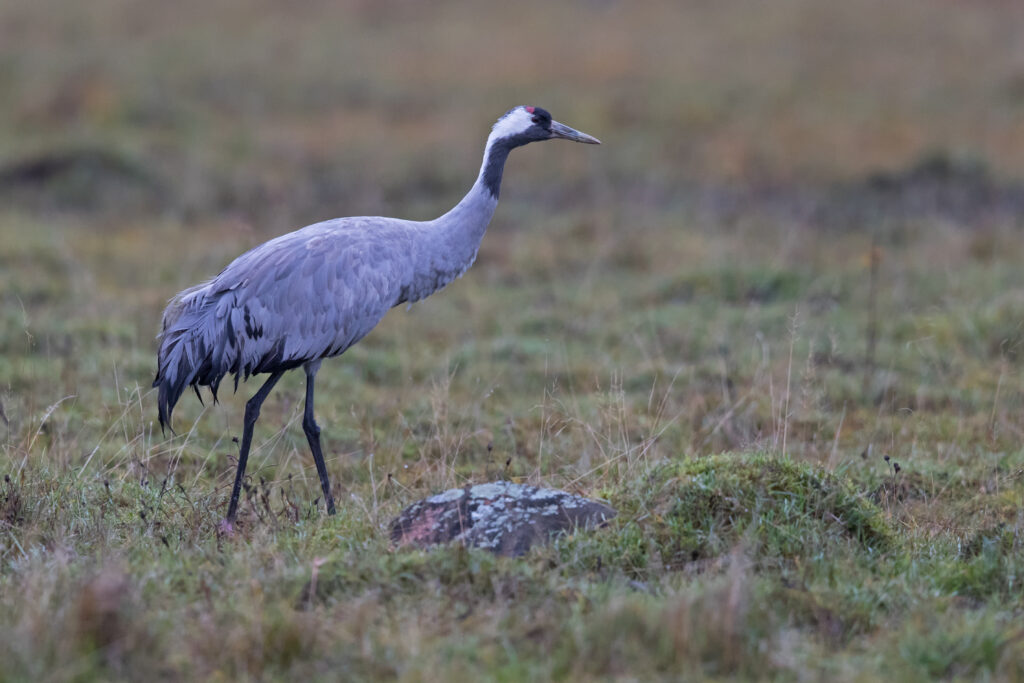
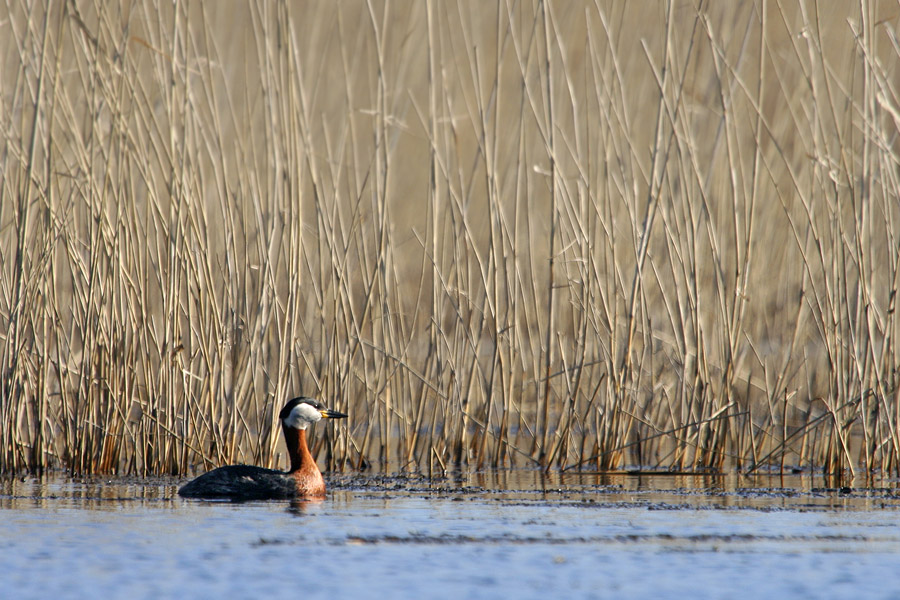
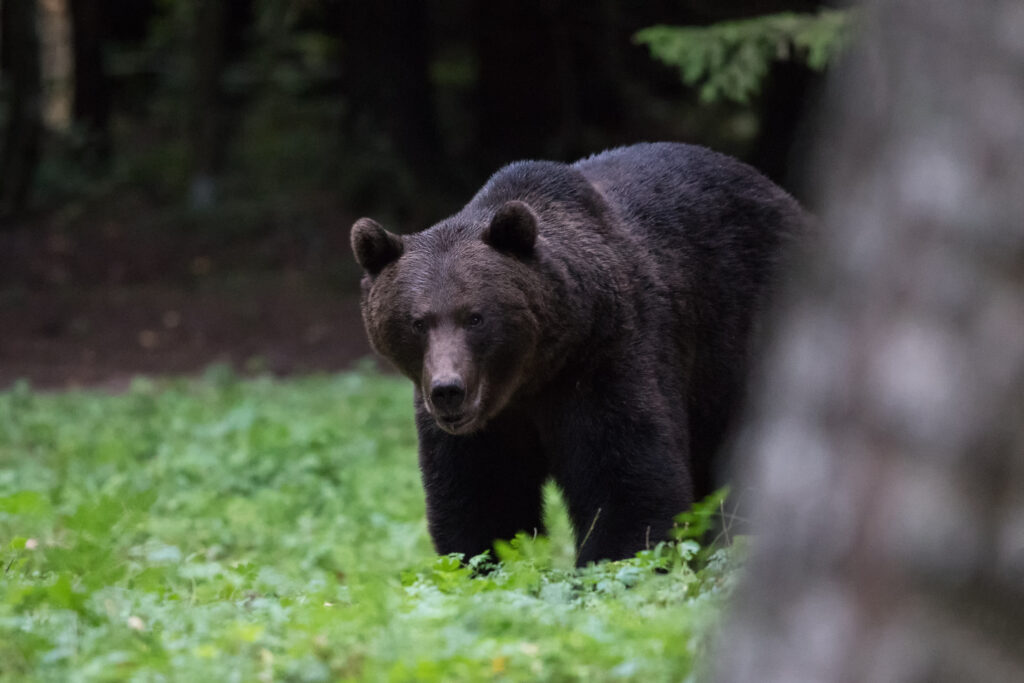
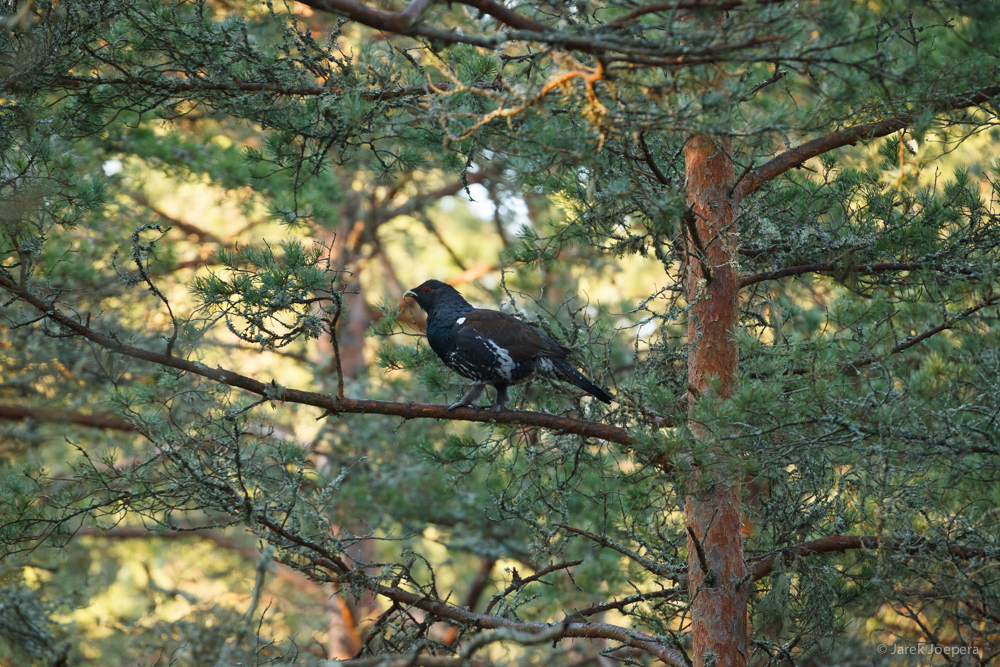
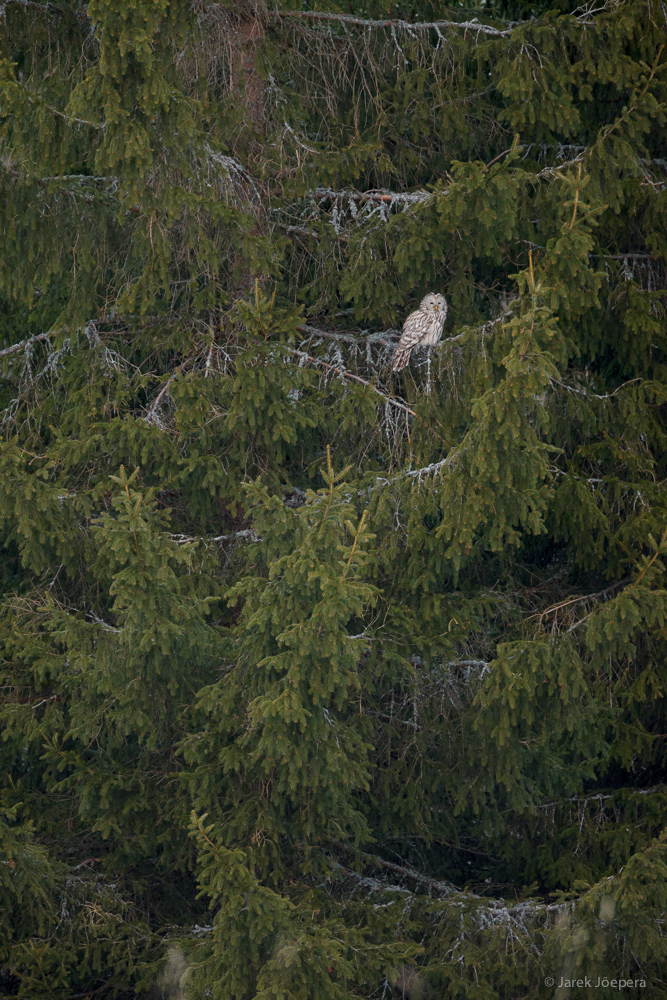
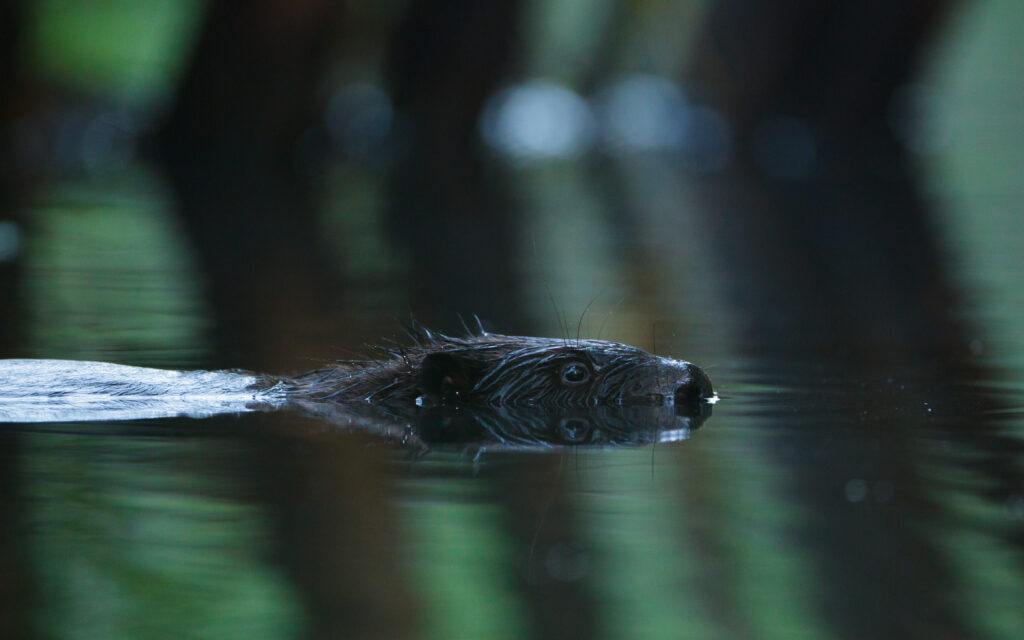
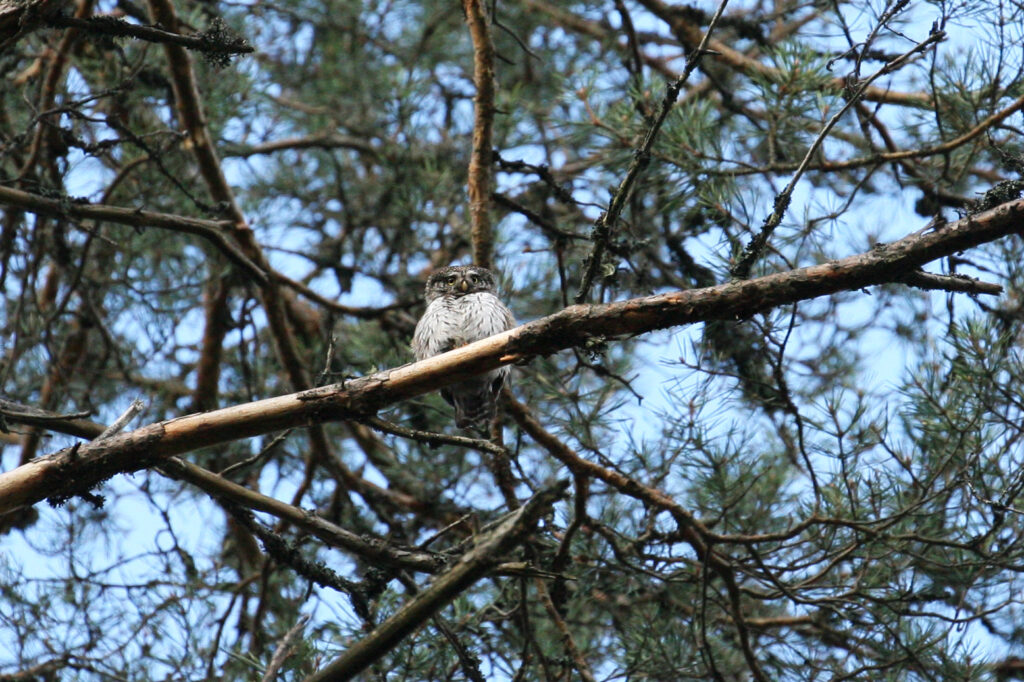
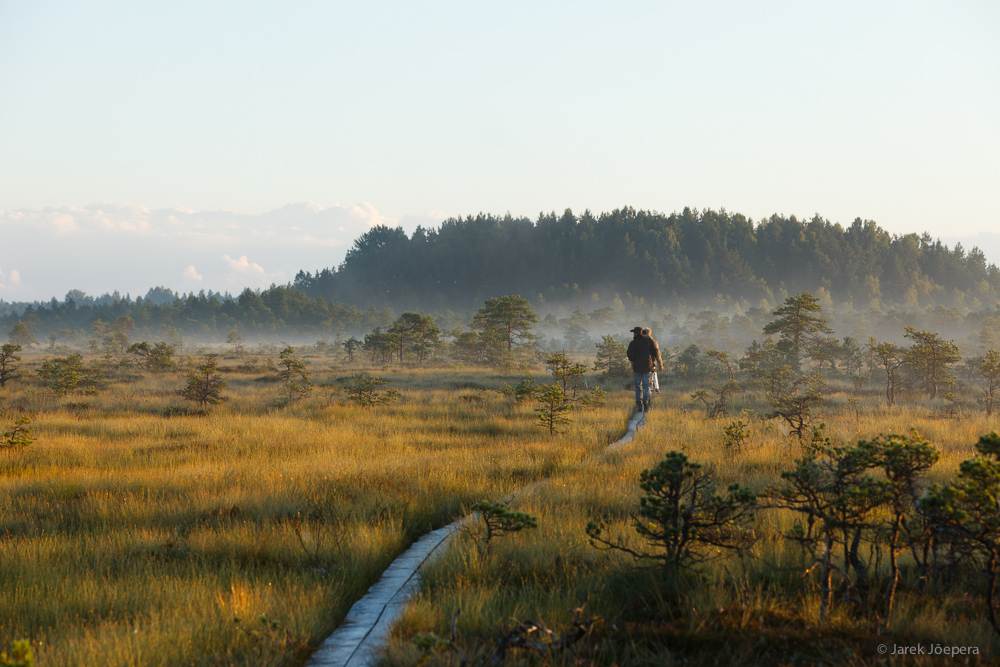
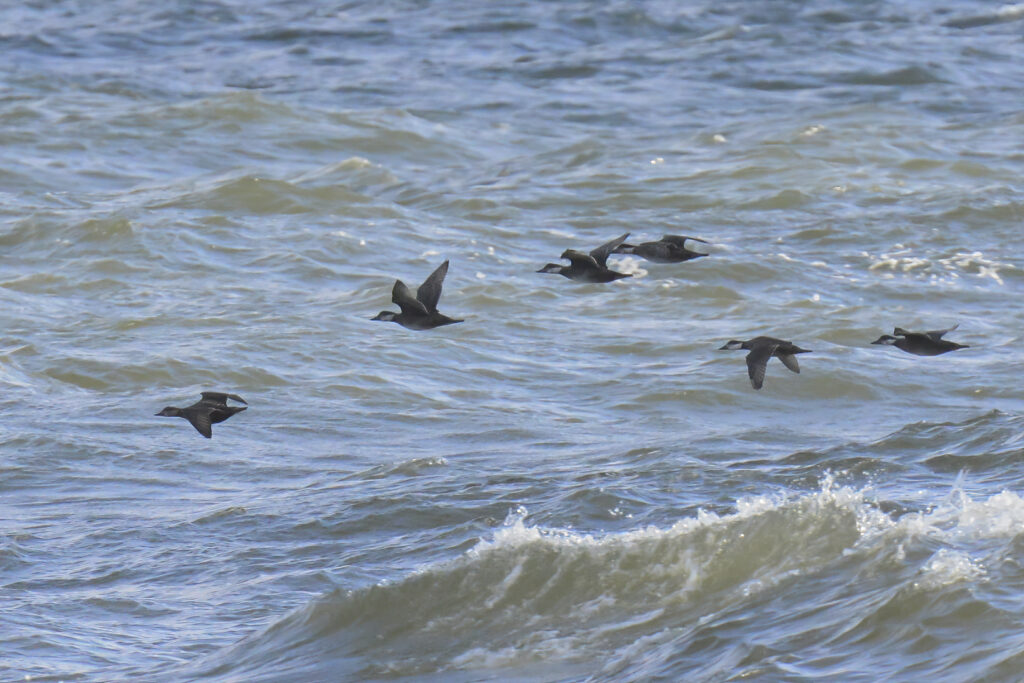
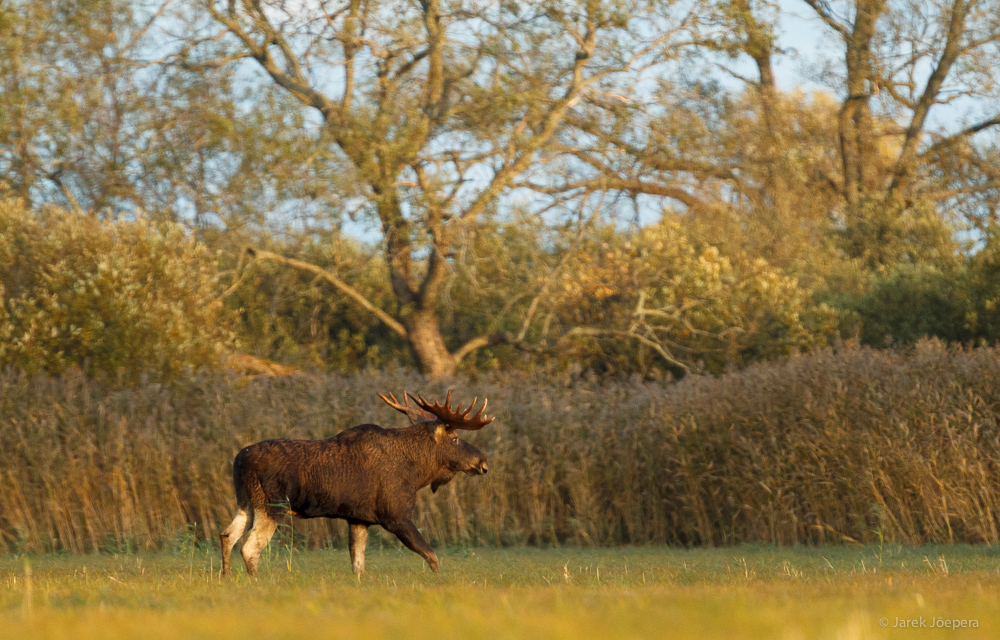
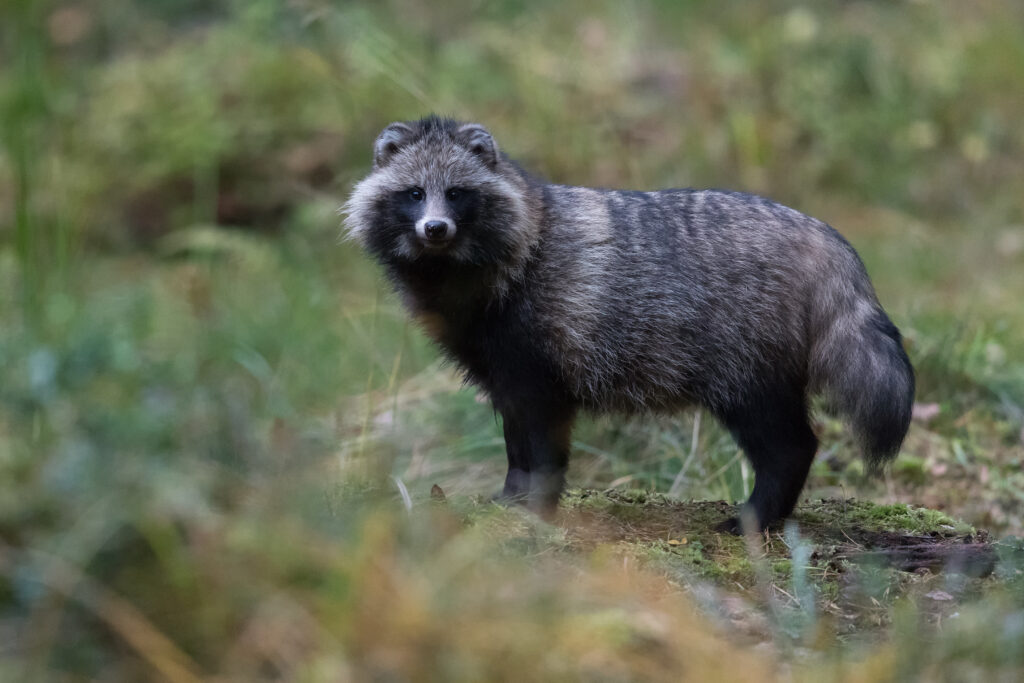
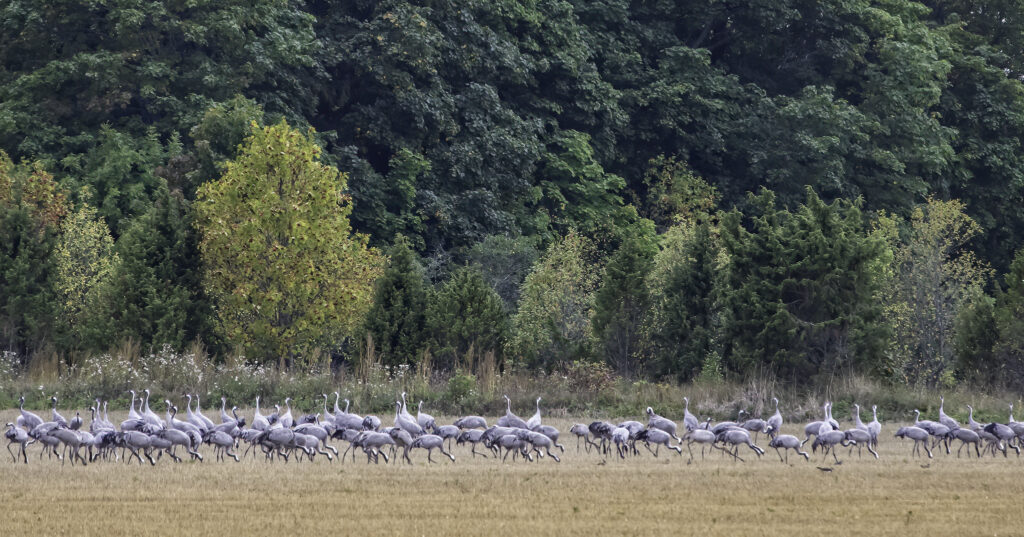
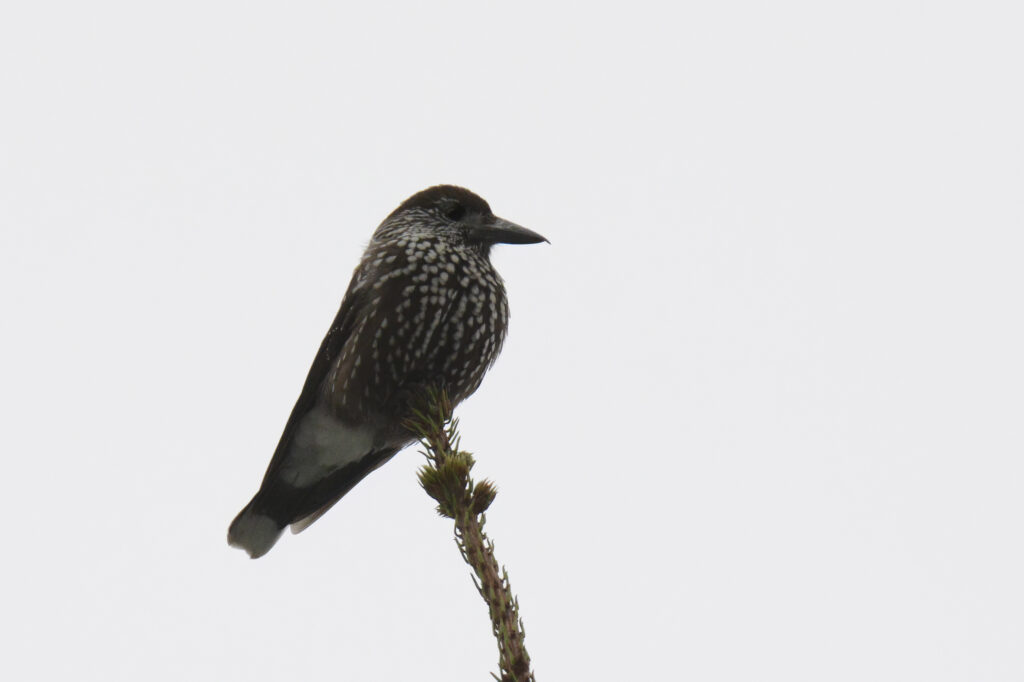
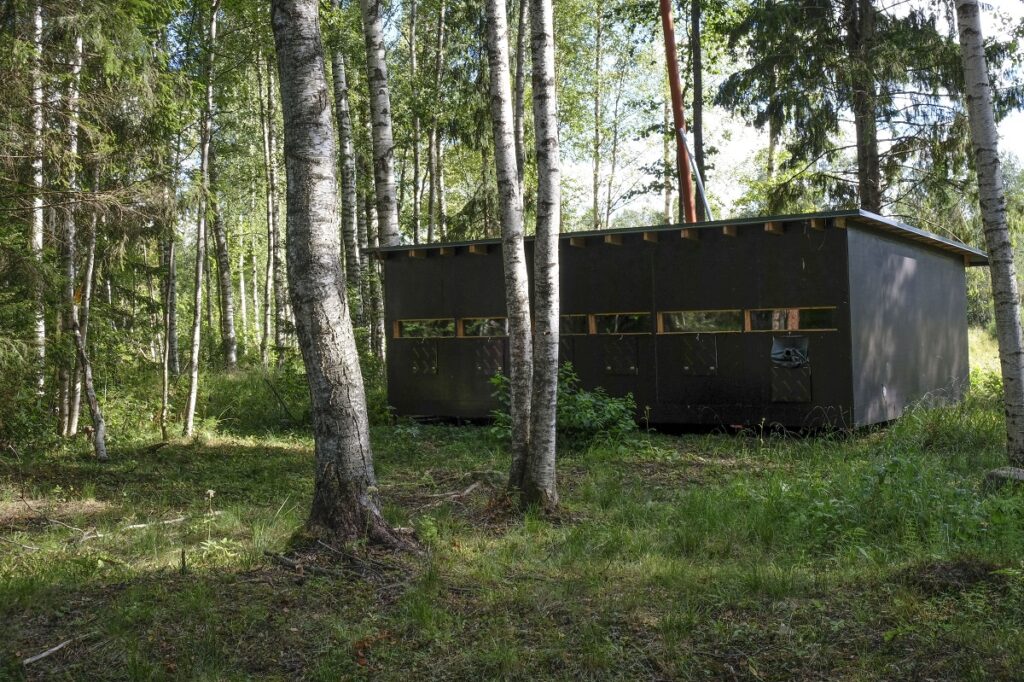


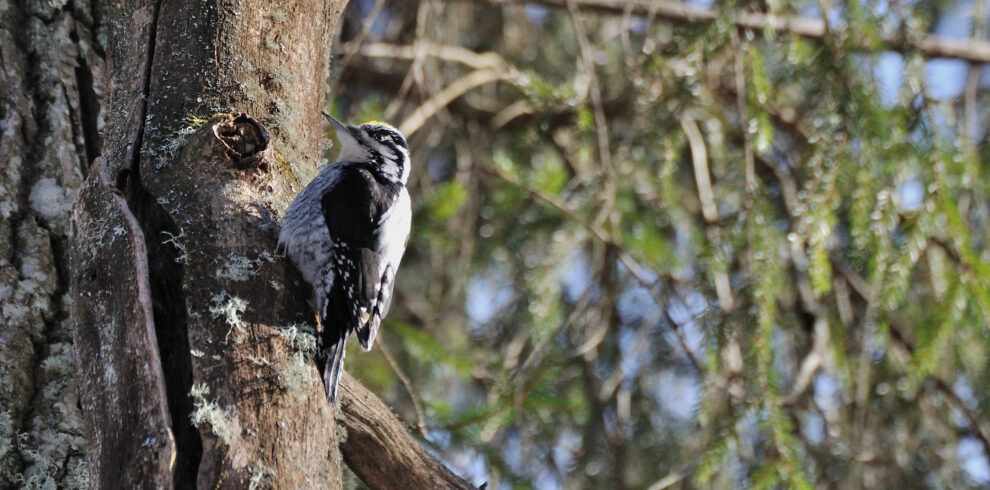
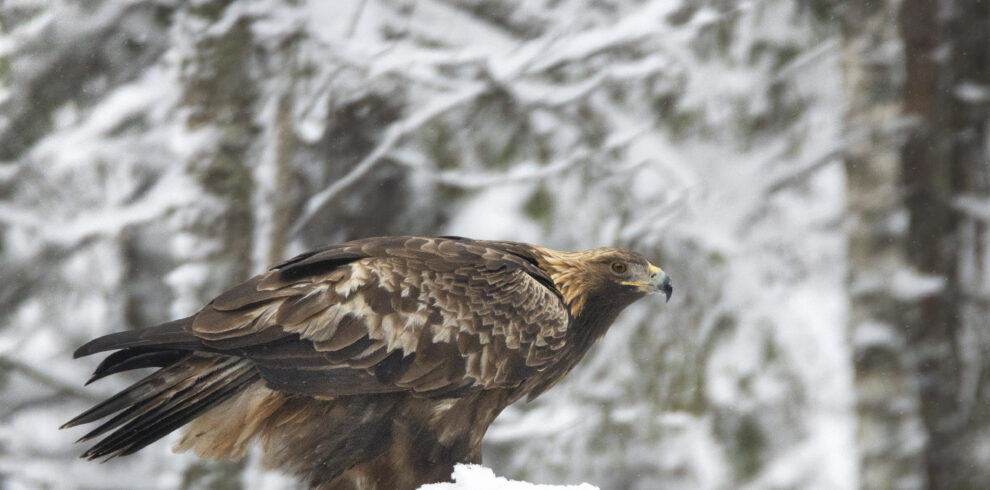
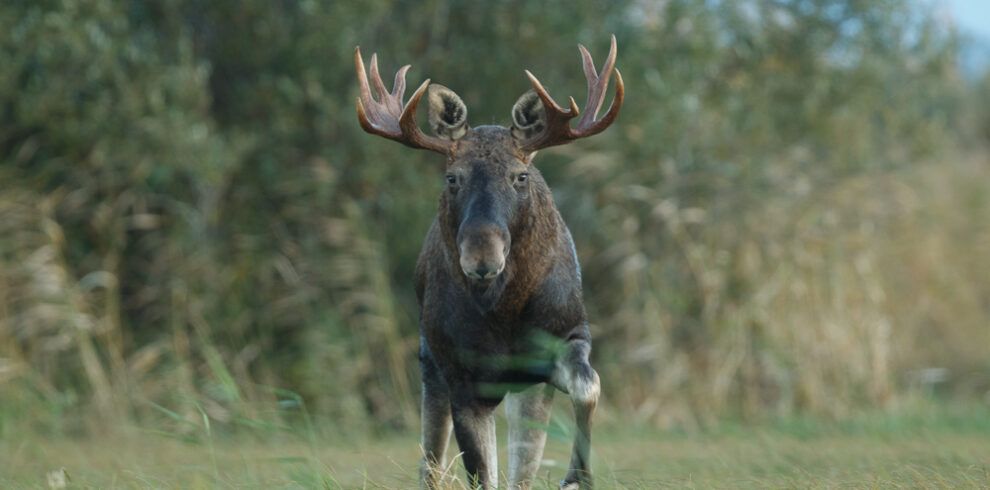
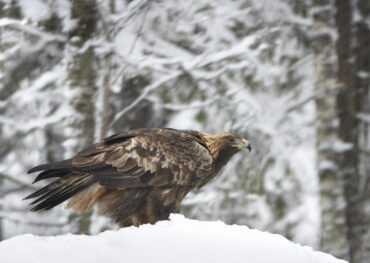
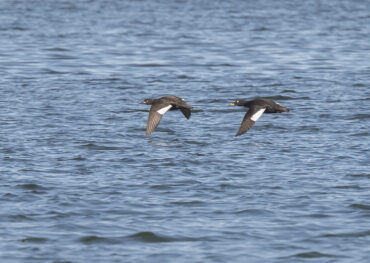
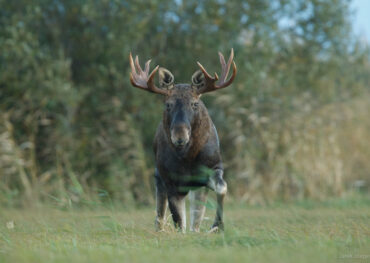
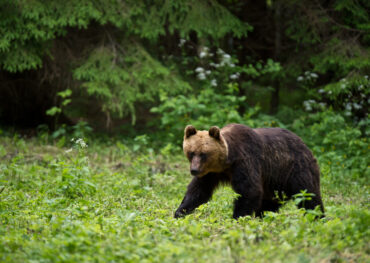
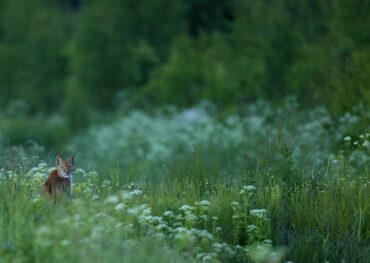
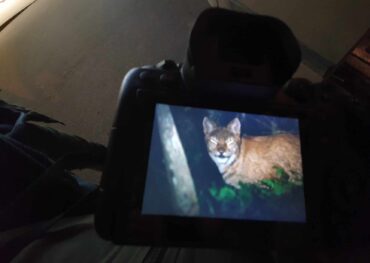

Write a Review